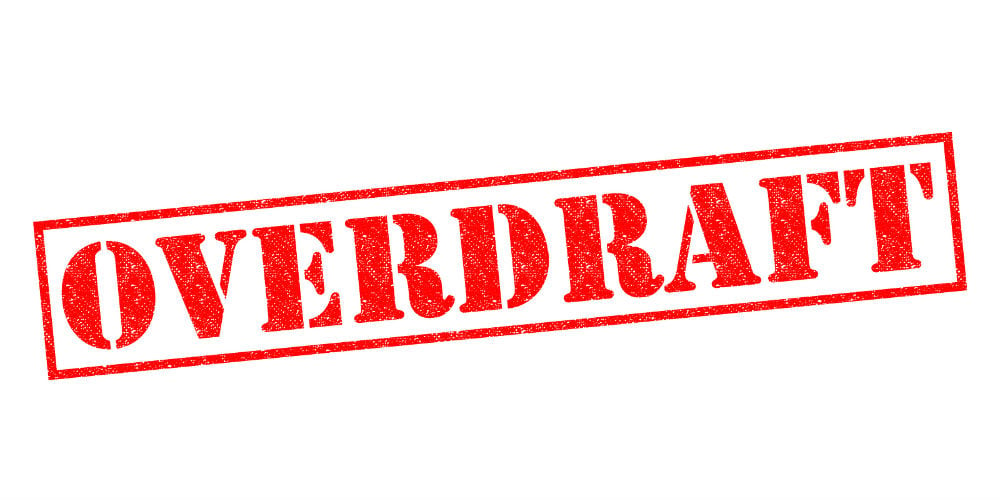Overdraft privilege is, above all, about better service

With the inauguration of a new president upon us, there is wide speculation about how a Trump administration will impact our industry. Much of what we read seems positive in that the new administration is going to take a hard look at the over-regulation of our nation’s businesses, including financial institutions. Nothing in recent regulatory announcements even hints that overdraft programs will be banned.
Now is the time for financial institutions to make a well-informed decision about whether to provide an overdraft privilege program or, if you already offer it, learn ways to optimize it for better service and compliance. One place to start is by learning the truth about the benefits of overdraft privilege, which we will help you do by debunking several common myths:
MYTH #1: The majority of Americans overdraft each year.
FACT: In a given year, approximately only 25% of account holders experience an overdraft. As such, it is only a small percentage of consumers who look to overdraft programs to help them when they are in a bind. The rest of consumers use other options, such as credit cards, payday lenders or even pawn shops. But, the question remains: if even a handful of consumers need this service, shouldn’t we strive to honor their overdraft items (provided they have the ability to repay)?
MYTH #2: It is the poor who overdraw their accounts the most.
FACT: People from all economic brackets experience overdrafts from time-to-time. Yet, the account holders who overdraft their accounts the most often are also the ones who deposit money into their accounts most often. They also deposit higher dollar amounts than those who rarely overdraft. Our data shows that people who overdraft ten or more times in a given year have monthly deposits that range from $3,500 to over $6,000. These frequent and large deposits give them the cash flow they need to pay for the convenience of the service.
MYTH #3: Most debit card transactions that trigger an overdraft fee occur while consumers are buying coffee or other small-ticket items.
FACT: Our research shows that the majority of debit card transactions that result in overdraft fees occur in grocery stores, vehicle repair shops, and at gas stations—NOT in coffee shops, as some in the media would have you believe. A recent Bankrate.com (NYSE: RATE) report states that almost two in three Americans don’t have enough savings to pay for a $500 car repair or a $1,000 emergency room bill. When emergencies happen or funds fall short, consumers seek short-term liquidity options. If your institution does not provide it, they will look elsewhere.
MYTH #4: Credit unions assess overdraft fees as a punishment.
FACT: Financial institutions charge overdraft fees as a way to cover the cost of providing checking account services to consumers. Overdraft protection allows millions of consumers to pay their mortgage, rent and insurance payments, buy food and tend to their medical needs. Financial institutions assume risk in providing this service and charge off millions of dollars per year in losses when consumers do not repay their overdrawn balances. It is appropriate to charge a fee for assuming this risk and providing the service. Revenue from overdraft fees is important to financial institutions to fund technology and other services account holders demand, such as online banking, mobile access, etc.
Despite which president is in office, the fact remains: there will always be a small percentage of account holders who rely on their institution for this form of short-term liquidity. Those institutions that learn and champion the service aspects of the program can provide a valued benefit to consumers.





